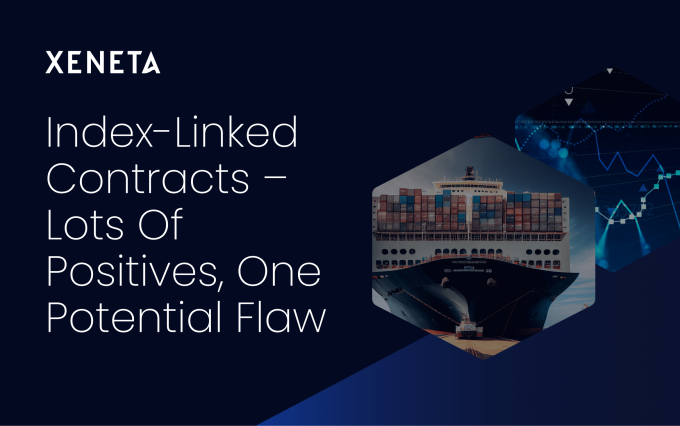
By Eloisa Tovee
Index-linked ocean container shipping contracts are increasing in popularity among shippers and freight forwarders. For some, it’s about maintaining control during extreme market volatility and heightened risk of opportunistic behavior. It is also a way to reduce the need for constant re-negotiations as markets rise ...

Comment on this article